Welcome to the Hamptons… of China
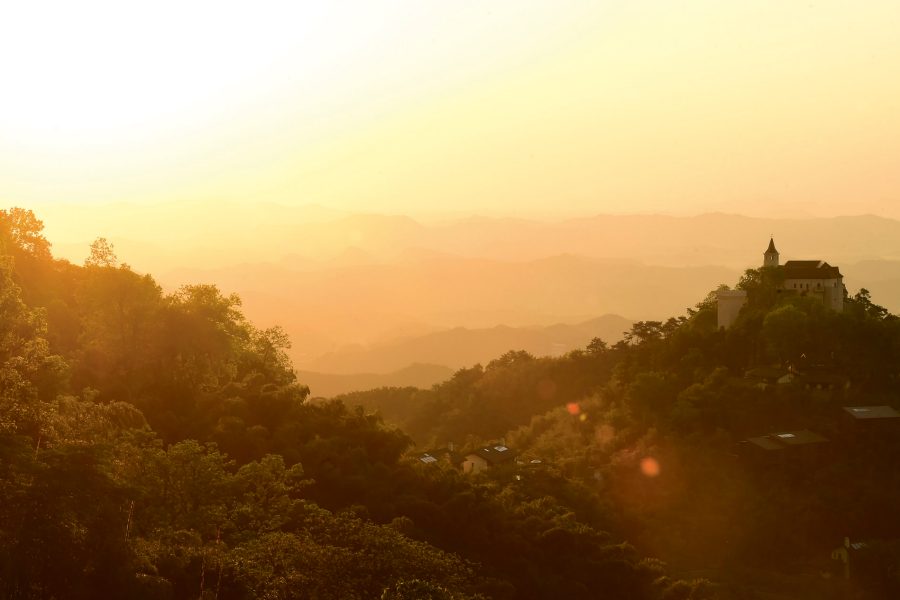
On the slopes of 720-metre-high Mount Mogan, the smell of green tea follows you like a shadow. Pockets of magnolias and azaleas spring from the hillside. A blanket of mist hovers above the hills and a fresh spring chill each morning – even in high summer – leaves you feeling the way you do after a cool shower.
We’re 90 minutes northwest of Hangzhou in the hilltop village of Moganshan. All around are rolling tea terraces and bamboo groves, within the 4,300-hectare Moganshan National Park. After decades of not always genteel decline, this hill station, studded with colonial-style villas, is once again becoming the most desirable weekend escape from the mega-cities of Shanghai and Hangzhou.
A century ago, these green hills were the go-to summer destination for Shanghai’s wealthy expats and political elite. Then, as now, it was the kind of place where summer and weekend turn into verbs.
They built opulent stone mansions with private pools and tennis courts, far from the hum of modernising Shanghai. By the early 20th century, Moganshan had a bank, bookshops, bakeries and even a hilltop cinema (it’s since been converted into a contemporary pool house and bar by the owners of Le Passage Mohkan Shan).
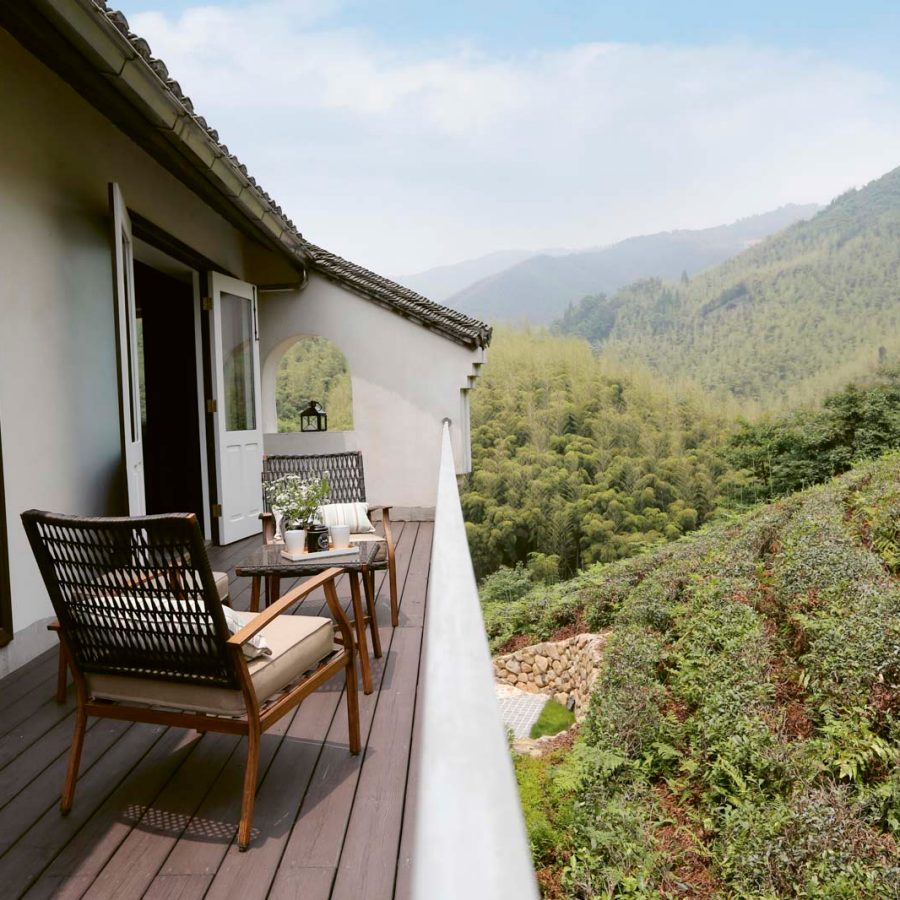
People didn’t just flock here for the cachet – it was a practical decision, too. Given Shanghai’s lack of air conditioning and sewage management during the heat of summer, cholera outbreaks were common. Those with kids – and money – would bring their families here to spend the summer.
The mountain lost its bon vivant appeal in the 1940s. During the Second World War more than 6,000 refugees fled to these mountains. Moganshan was the target of Japanese bombings and, while mostly spared, the area was left abandoned. After the war, the Communist Party took control of the area’s roughly 300 stone mansions, using them for clandestine meetings and summer holidays.
The foreigners began to return in the 1990s. They appreciated the rundown charm of the old villas; in those days, no-one demanded air conditioning, hot water or a place to park a Mercedes. The newly established middle-class workers followed fairly closely, along with a few fuerdai (children of the newly moneyed classes). All the while, coach parties trooped up the mountain, filed into the restaurant doing the cheapest lunch deal, and then pootled back down the mountain again before evening.



Ultimately, Moganshan acquired a new slogan: The Hamptons of China. Given its landlocked location in China’s countryside, it’s a description better suited to its target market than its topography – like its Long Island counterpart, it’s still the weekend escape of choice for affluent city dwellers from Shanghai, Hangzhou and Hong Kong.
These urbanites need somewhere to stay, and the European-style villas that once served as summer homes have been regenerated as boutique properties: Naked Stables (and its sister property Naked Castle), Le Passage Mohkan Shan, or the farm-style B&Bs in the wider area beyond Moganshan.
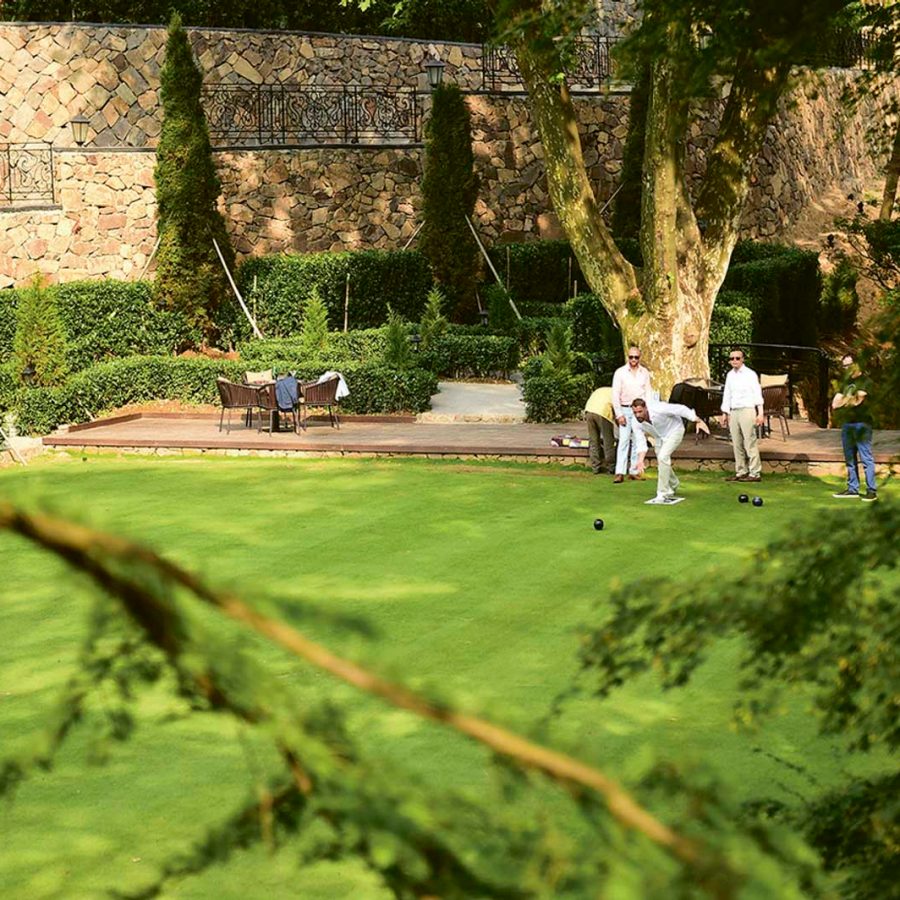
First for me is Le Passage, a French country-style bolthole. It was one of the first of the new generation of retreats to open in Moganshan, in 2011. I’m escorted up a set of stone steps to the hotel’s hilltop mansion, dubbed La Residence, crisp starlight illuminating the rose-lined path. At the top of the hill, a broad terrace and private pool reflects the moonlight.
Le Passage and La Residence both sit inside Moganshan National Park. Inside its vast boundary, the Sword Pond and its waterfall emerge from a sea of bamboo forests, while Reed Catkin Marsh Park provides a green lawn and gazebos for lounging about in the shrubbery.
The park has numerous hiking trails, mountain biking routes, lakes and the Bamboo Sea forest. Parrotbills start chatting at the crack of dawn while Chinese bamboo partridges are heard (but hardly seen) squawking in the woods. This setting was the location of a memorable scene from 2000’s Crouching Tiger, Hidden Dragon, when Chow Yun-fat and Zhang Ziyi fly over the bamboo trees.
Important point: Moganshan is the mountain itself, and the summer resort village built on its summit by foreigners and wealthy Chinese in the early 1900s. It is now a ‘national level scenic area’, with an entry fee. But the name Moganshan is now applied to a vast area surrounding the actual mountain and village. La Residence, for example, is a half hour drive from the mountain resort itself.

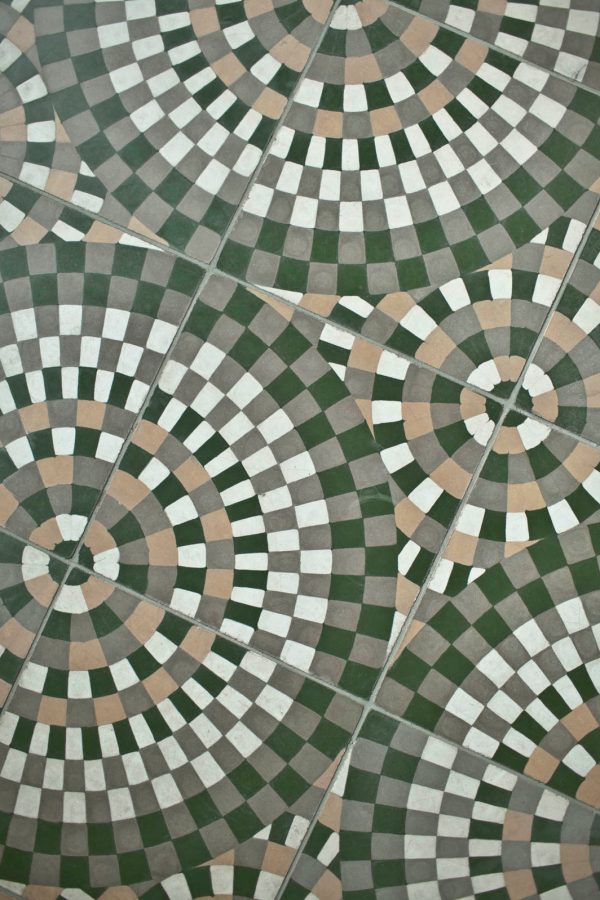
Finished in 2017, La Residence was a five-year project designed by owners Christopher Peres, a Frenchman, and his wife, Pauline Lee, from Hong Kong. The core is a villa made up of thousands of antique stone bricks from Nanjing and dozens of wooden beams reclaimed from defunct Chinese factories. The mansion’s loft-style bedrooms are decked out with Scandinavian furniture and shaggy rugs, and come with terraces overlooking the vast tea bushes beyond.
Peres believes Moganshan is managing its latest growth spurt. ‘In the past three years, we’ve seen a lot of traction but it’s not aggressive, where there are a lot of cars and concrete.’ He describes the shift as similar to the agritourism trend that took off in his home country: ‘We’re running an organic tea plantation and sourcing local ingredients for our menus.’
In addition to running posh retreats, Peres distils his own pear brandy – a suitably leisurely pursuit for such a laidback hill station. ‘If you compare it to all the tourist destinations in China, Moganshan is developing really late. Now, the government has a will to revive Moganshan and bring its glory back.’
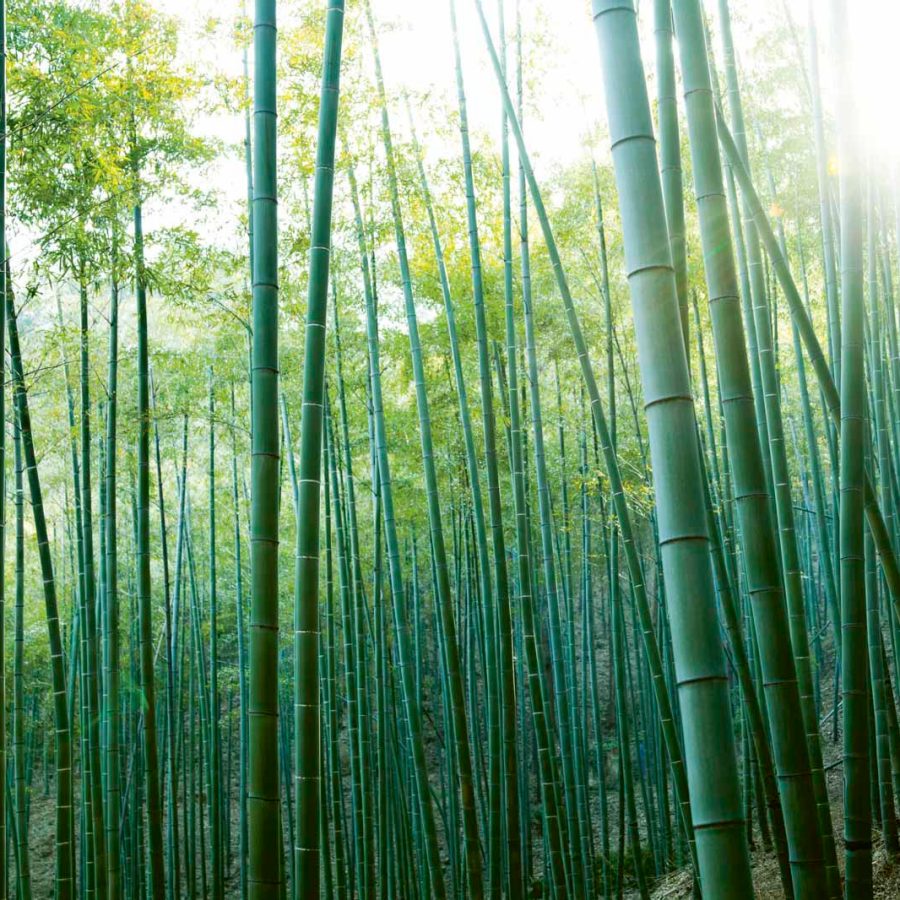
Elsewhere in Moganshan
Recently dozens more small-scale lodges and guesthouses have opened in Moganshan.
They include the Naked Stables , a resort with impeccable eco-credentials (LEED-platinum certified, no less), at the foot of the hill. As for the rooms, the line-up includes rammed-earth huts (much more glamorous than they sound) and treetop villas – all made with natural materials. Green fingers haven’t limited the lavish touches here, where you’ll find personal butlers to roll out your yoga mat, should you need a hand.
Ambitious adventure developments have followed, including Discovery Adventures Moganshan Park, which offers ziplining, ropes courses and climbing walls.
Moganshan travel information
- China – the Chinese Mainland, Hong Kong SAR, Macao SAR and Taiwan Region
- Hong Kong SAR - English
- Chinese Mainland (China) - English
- Taiwan, China - English
- 香港特別行政區 - 繁體中文
- 中国內地 - 简体中文
- 中國台灣 - 繁體中文
- Africa
- South Africa - English
- Asia
- Bangladesh - English
- Korea - English
- Singapore - English
- Cambodia - English
- 한국 - 한국어
- Sri Lanka - English
- India - English
- Malaysia - English
- Thailand - English
- Indonesia - English
- Maldives - English
- ประเทศไทย - ภาษาไทย
- Indonesia - Bahasa Indonesia
- Myanmar - English
- Vietnam - English
- Japan - English
- Nepal - English
- Việt Nam - tiếng Việt
- 日本 - 日本語
- Philippines - English
- Australasia
- Australia - English
- New Zealand - English